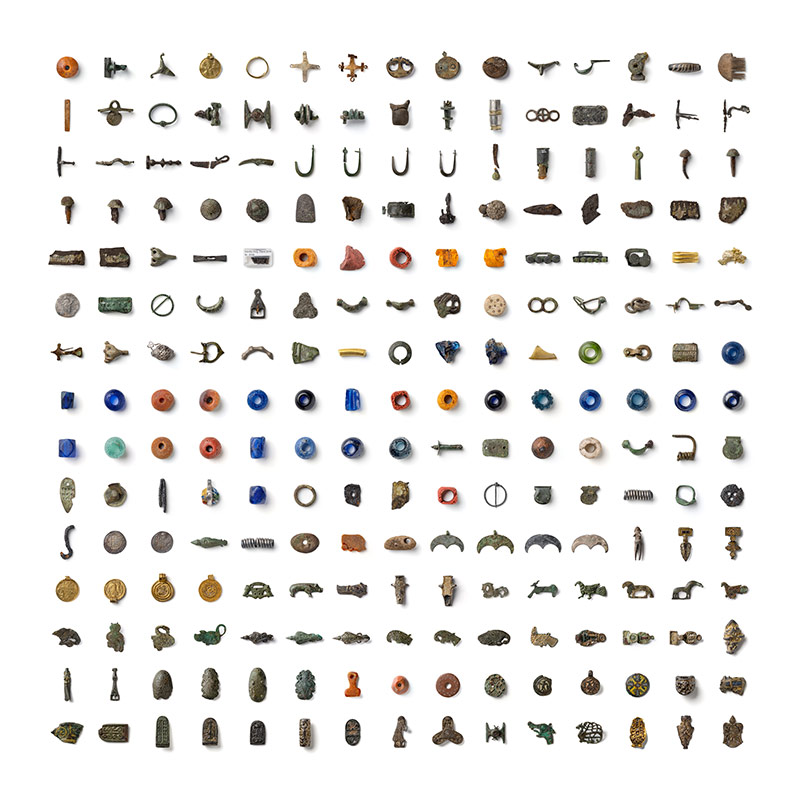Why archaeological photography needs a unified approach
Archaeological artefacts carry meaning not only in their form and material, but in how they are documented, visualised, and compared. Photography is one of the most accessible and widely used forms of documentation, yet it remains remarkably inconsistent across institutions, publications, and time periods.
While digitisation has vastly improved access to heritage collections, it has not necessarily improved their comparability or clarity. The same artefact may appear in different archives under different lighting, angles, colour balances, and file formats — making direct comparison difficult and visual interpretation unreliable (FADGI, 2023; Grosvenor, 2024).
The problem isn’t the artefact — it’s the image
Most archaeological photographs today are either ad hoc, project-specific, or artistically rendered. While these approaches may serve short-term needs or aesthetic goals, they do not support long-term consistency, standardisation, or machine readability. The problem is not in the artefacts themselves — but in how we photograph them.
Without a shared method for scale, angle, lighting, and metadata, each image becomes a visual island, disconnected from the broader landscape of archaeological evidence. This affects everything from museum curation and publication workflows to AI-based categorisation and digital preservation strategies.
From Sandby Borg to Sösdala: A method takes shape
The PHOTARCH method originated during the 2014 excavation of Sandby Borg in Öland, Sweden. With the site projected to be excavated over many seasons, the team faced a methodological challenge: how to document artefacts in a way that would remain visually consistent from year to year, despite changes in equipment, staff, or environmental conditions. Existing approaches offered no reliable solution — so a new method was devised.
The method was later applied to the Sösdala horse-gear findings from southern Sweden — allowing artefacts from a different time and context to be photographed using the same setup. This resulted in images that could be directly compared side by side, across sites and institutions, while maintaining a coherent visual language.
Challenge Accepted
In 2022, the method was tested more rigorously when it was rewarded the FujiFilm Challenge Grant. Over 200 artefacts were photographed at three institutions — Moesgaard Museum (Denmark), Kalmar County Museum, and Lund University Historical Museum (Sweden). The aim was to determine whether PHOTARCH could scale across varied institutional conditions and still produce consistent, comparable output. The resulting image sets demonstrated near-identical lighting, tonal range, and colour calibration, despite differences in equipment and handling environments.

Not another standard — a usable method
PHOTARCH does not aim to replace existing digitisation standards such as FADGI or Metamorfoze. Rather, it offers a domain-specific method tailored to the complexities of archaeological artefacts. It is designed for photographers, curators, researchers, and students who want to produce meaningful, interoperable images with modest resources.
Unlike high-end imaging pipelines that require expensive scanners or tightly controlled lab environments, PHOTARCH can be implemented with consumer-grade cameras and portable lighting kits — provided its principles are followed. It lowers the threshold for entry without compromising on precision.
Why now?
We are at a turning point in cultural heritage imaging. The growing volume of digital images, coupled with advances in machine learning, has created new possibilities — and new responsibilities. If we want archaeological photographs to be useful in twenty or fifty years, we must ensure that they are more than pixels: they must be data.
PHOTARCH is part of that future. It provides not only a technique, but a philosophy of openness, comparability, and rigour in visual documentation. It is a small intervention with far-reaching implications for how we see, share, and study the past.
References
- FADGI (2023). Technical Guidelines for Digitizing Cultural Heritage Materials, 3rd ed. Library of Congress.
- Grosvenor, B. (2024). Images fees and UK copyright law – a breakthrough
- Metamorfoze (2012). Preservation Imaging Guidelines – Image Quality, Version 1.0. National Library of the Netherlands.